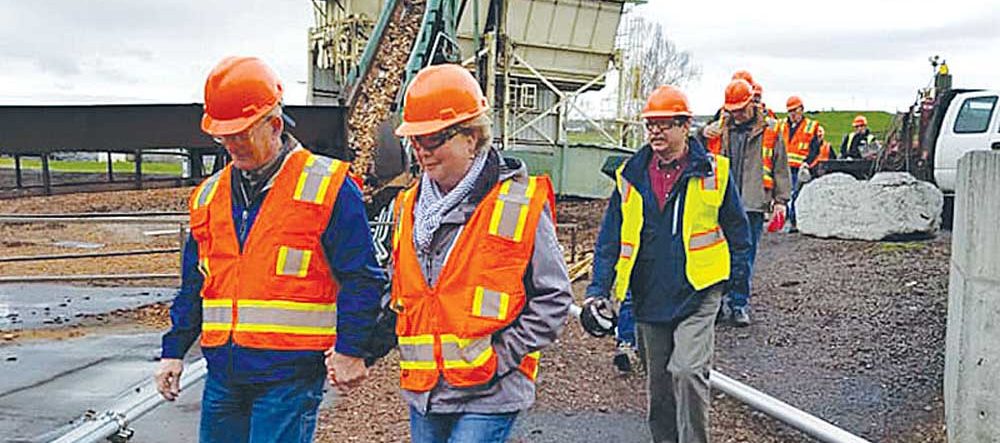Eye to the sky | Autumn equinox just around the corner
Published 6:00 am Thursday, August 20, 2020

- Wister
The hottest days of summer are coming to an end as days are getting shorter and nights are getting longer. Most people agree it’s an appreciable weather change with the autumn equinox just around the corner.
In terms of wildfire season, however, there can be uncertainty whether or not late August and September will be active with numerous and/or large wildfires. The hot and dry conditions during the first half of summer can suck the moisture out of vegetation, or fuels, and any gust of wind will immediately raise concerns for fire spread. If thunderstorms develop, lightning will certainly threaten an area with new fires starts.
On the other hand, less daytime heating during the second half of summer can alleviate extreme fire behavior, if the weather cooperates. A cold front bringing cooler temperatures and significant precipitation can be the death of a wildfire, and firefighting efforts can quickly change from suppression to mop-up. In Eastern Washington and Eastern Oregon, large wildfires are less common but not impossible in September — weather is often the wildcard.
National Weather Service forecasters are trained to recognize the weather conditions that can contribute to extreme fire behavior and provide advanced time for land management agencies and firefighters to prepare by issuing Fire Weather Watches and Red Flag Warnings. Keep in mind that the weather conditions for one geographical area may be considered critical for fire spread, but not in another geographical area. For example, fuels or vegetation in the southeast United States can burn more readily with higher relative humidity compared to the West.
A relative humidity of 25% in Tampa, Florida, is considered “dry” but a 25% relative humidity in Bend is common throughout the summer. Therefore, the criteria for fire weather watches and red flag warnings vary from one NWS office to another.
When forecasters use the terms watch or warning, they refer to the amount of time to prepare for weather conditions. Think of a watch as “Watch Out,” meaning to keep an eye for changing weather conditions in the future that can affect life and property, usually in the next 24 to 72 hours. Think of a warning as “I’m Warning You,” meaning that the weather change has occurred or is imminent within the next 24 hours. NWS offices use the terms Fire Weather Watch and Red Flag Warning to let the public know that the combination of weather and dry fuels may contribute or will contribute to rapid fire spread.
The three most common weather conditions that can result in rapid fire spread — commonly referred to as red flag conditions — are thunderstorms producing abundant lightning; gusty winds and low humidity; and hot, dry and unstable conditions often responsible for extreme fire behavior.
Once land management agencies are alerted to possible red flag conditions, they prepare resources for the upcoming weather. Resources may include personnel, engines, dozers and helicopters. Unfortunately, when wildfires are already in progress, this could strain their resources requiring the agencies to make strategic adjustments without sacrificing the safety of firefighters. Fire weather watches and red flag warnings are issued to let the public know the upcoming fire danger and to take precautions. All it takes is one spark to change everything.
Fires can be prevented by not burning outdoors, avoiding parking or idling vehicles with a hot exhaust near tall grass, securing trailer chains to keep them from dragging on asphalt and not discarding cigarettes on the ground. ATVs should have a spark arrestor to prevent flammable particles from exiting the tailpipe. Keep abreast of weather conditions and have an evacuation plan should a wildfire approach your home.
Understanding the reasons behind a Fire Weather Watch and Red Flag Warning will help you prepare for the upcoming fire danger. Being extremely cautious during these conditions can save thousands, if not millions, of dollars and can save lives.
National Weather Service offices often post weather graphics on social media to relay information on Fire Weather Watches and Red Flag Warnings.









